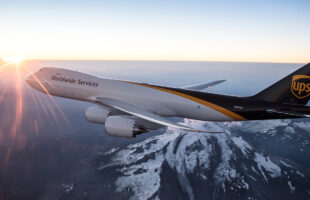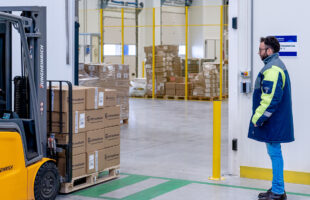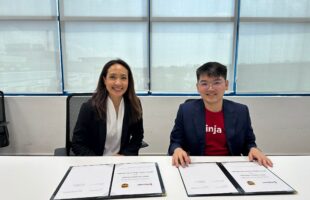
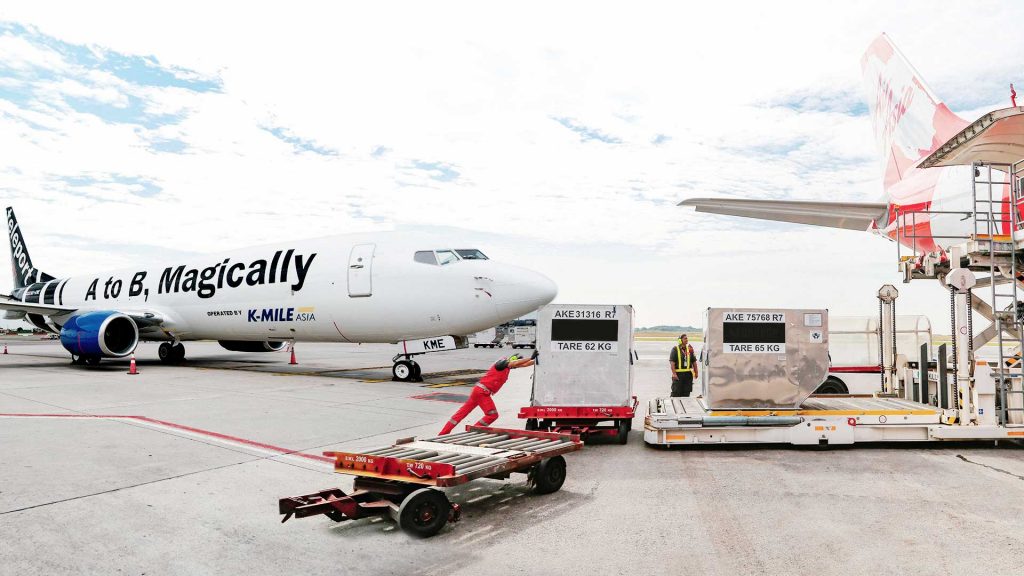
Across industries, e-commerce has emerged as one of the key drivers for air cargo and logistics, and managing peak season demand has become an important conversation, particularly in Asia Pacific where most of the production is based.
Over the last year we’ve seen airlines and logistics players, and even big shipping lines, make the necessary investments to tap this ever-growing market, whether it’s buying more aircraft or acquiring fulfillment and distribution centres.
e-commerce the driver
In December, UPS extended its orderbook with Boeing with new orders for 19 factory-fresh B767 freighters. The company said the aircraft, scheduled to be delivered as early as 2023, will give it a flexible platform to serve long-haul, regional and feeder markets.
Regional carrier AirAsia, through its forwarding and logistics unit Teleport, said it plans to play a key part in the e-commerce supply chain as well. Adrian Loretz, chief operating officer at Teleport said the company intends to evolve from being a pure air freight player to a real multimodal operator.
“e-commerce is a rapidly growing revenue stream for Teleport, both as a cargo carrier for the larger players as well as the delivery product which we offer in our own right. We are focusing a large part of our resources on playing a key part in that supply chain and expect that this segment will continue to significantly grow over the coming years, Loretz added.
To add more air capacity for shipments in the region, the AirAsia unit introduced its own branded 737-800 freighter in November. The freighter, operated by local Thai carrier K-Mile Asia, will be based in Bangkok to serve key markets, including Hong Kong, Shanghai, Chennai and Mumbai.
Big business in SMEs
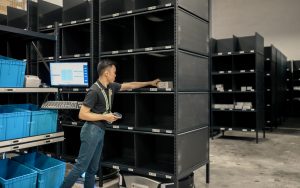
In Singapore, UPS Supply Chain Solutions launched its first global innovation centre to serve as a testbed for new technologies that can help ease and narrow the efficiency gaps in supply chains, particularly for small businesses that rely on e-commerce and transact online.
“Besides serving some of our large enterprise customers, SMBs are a key focus for us,” said Sebastian Chan, president of UPS Supply Chain Solutions Asia Pacific. “[Our] role is to create supply chain solutions for SMBs so they don’t get left behind. We do this by leveraging advanced technology to help small businesses thrive in today’s increasingly complex supply chain environment,” Chan added.
These small businesses represent at least 97 percent of all businesses and contribute to more than half of Asia’s economy, according to Chan. Teleport’s Loretz believes logistics services providers have a ‘great business opportunity’ at hand in the SME market as an underserved sector.
“During the pandemic, SMEs had to make fast changes and the function of logistics became all the more important, moving towards the centre of SMEs’ relationships with suppliers and customers.
“Unfortunately, SMEs often don’t have the infrastructure to create and maintain the logistics of delivery efficiently, cost effectively and on time—and some make the mistake of trying to do it themselves,” Loretz added.
User and last-mile experience
At the UPS Innovation centre, Chan said his team is collaborating with customers and leading technology partners to converge innovations to future-proof customers’ supply chains, including autonomous mobile robots, radio-frequency identification, and drones.
In particular, he noted that businesses in Asia are increasing investments in warehouse automation technologies to enhance productivity and competitiveness. Companies are also investing in digitalisation and customer experience, particularly in the last mile and returns.
“When it comes to express package deliveries, the last-mile experience has seen rapid change in recent years, from wider availability of lockers for end consumer pick-up and drop-off, to near real-time tracking visibility, and greater flexibility for people to choose where and when they wish to receive their shipments.
“All these enhancements result in greater convenience not just for the end consumer, but also lowers cost for logistics providers who can better consolidate shipment volume at selected hubs, and reduce the frequency of ‘send-agains’ due to missed deliveries,” Chan noted.
Teleport’s Loretz believes the last mile is the ‘trickiest’ but also the most important part of the delivery process. “At Teleport, we assign specific teams to communicate with our vendors, our riders and manage the in and out operations of the deliveries. This is to ensure that every team and every party is in constant communication to ensure parcels are delivered safely and on time.”
More to come
With capacity still quite below as that seen before the pandemic, Teleport is relying on AirAsia’s network in Asia with a total of 252 jets under its belt. The company has dedicated eight passenger aircraft for cargo-only flights, including the use of passenger cabins. Aside from the new freighter with K-Mile, it also modified an A320 by having the seats removed for increased capacity. It plans to increase its current freighter fleet to six.
“We expect that this demand overhang and the resulting higher yields will continue to be in place for a few years to come, and Teleport is filling the gap left from missing passenger operation with dedicated cargo capacity, both from passenger aircraft as well as dedicated freighters which will go live in Malaysia in 2022,” Loretz noted.
For UPS, Chan thinks Singapore will continue to play an important role as a regional and international cargo hub, and he has high hopes that the innovation centre will be a platform for more companies to innovate, collaborate and embrace digital transformation.
“Digitalization is key to success in modern-day logistics. Our freight forwarding and contract logistics customers want to go beyond basic visibility of their global supply chain. The supply chain challenges we’re witnessing today solidifies the need for businesses to have access to advanced data analytics that allow them to forecast and plan ahead for greater supply chain predictability,” Chan explained.



